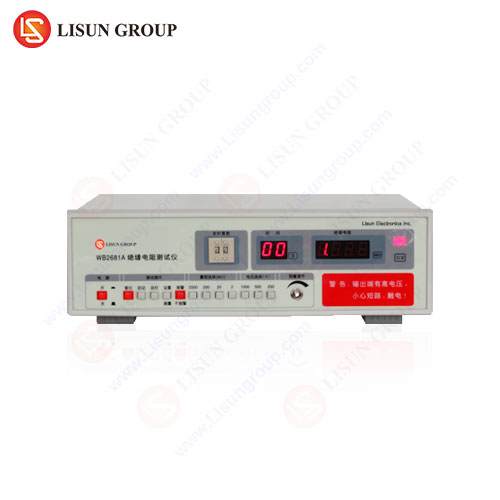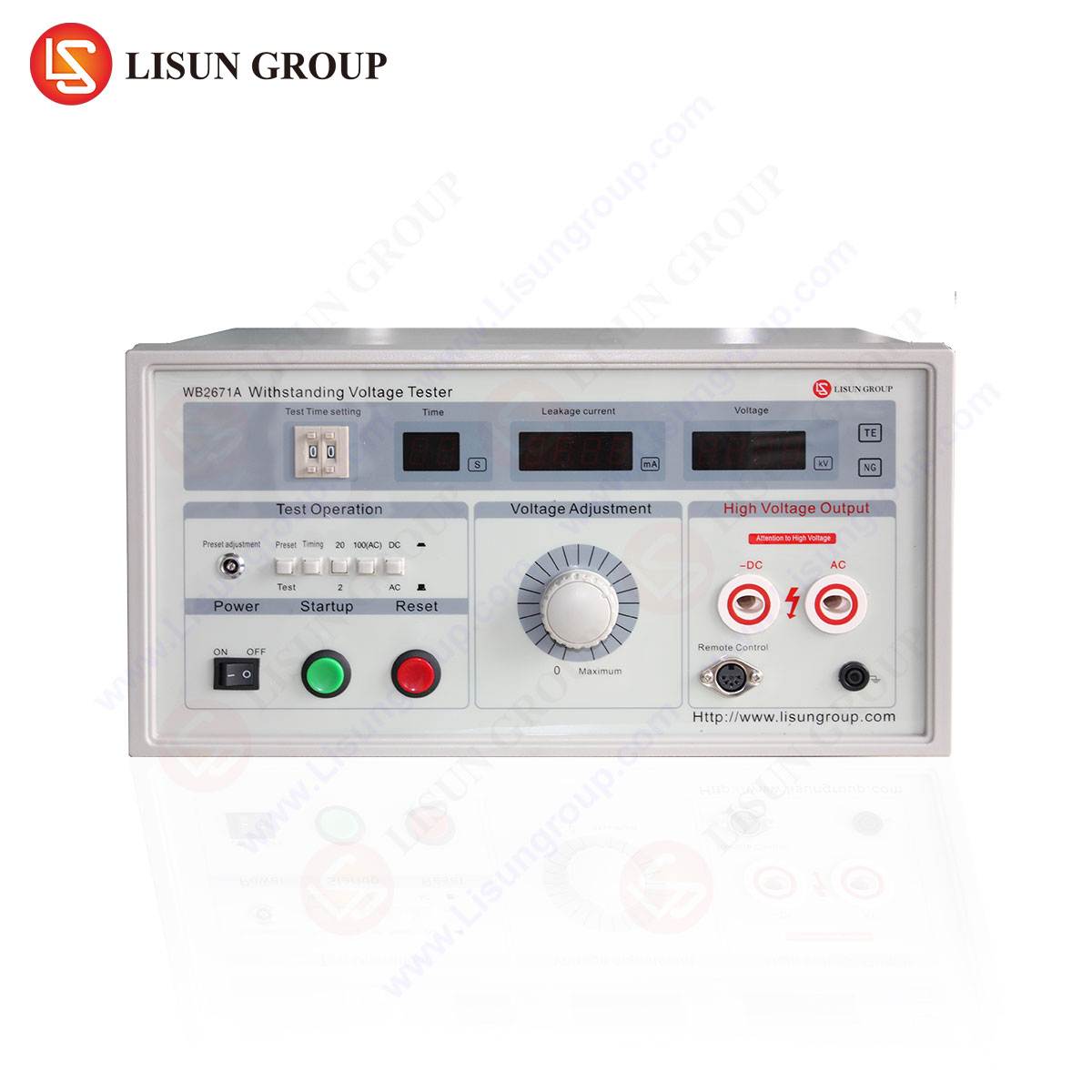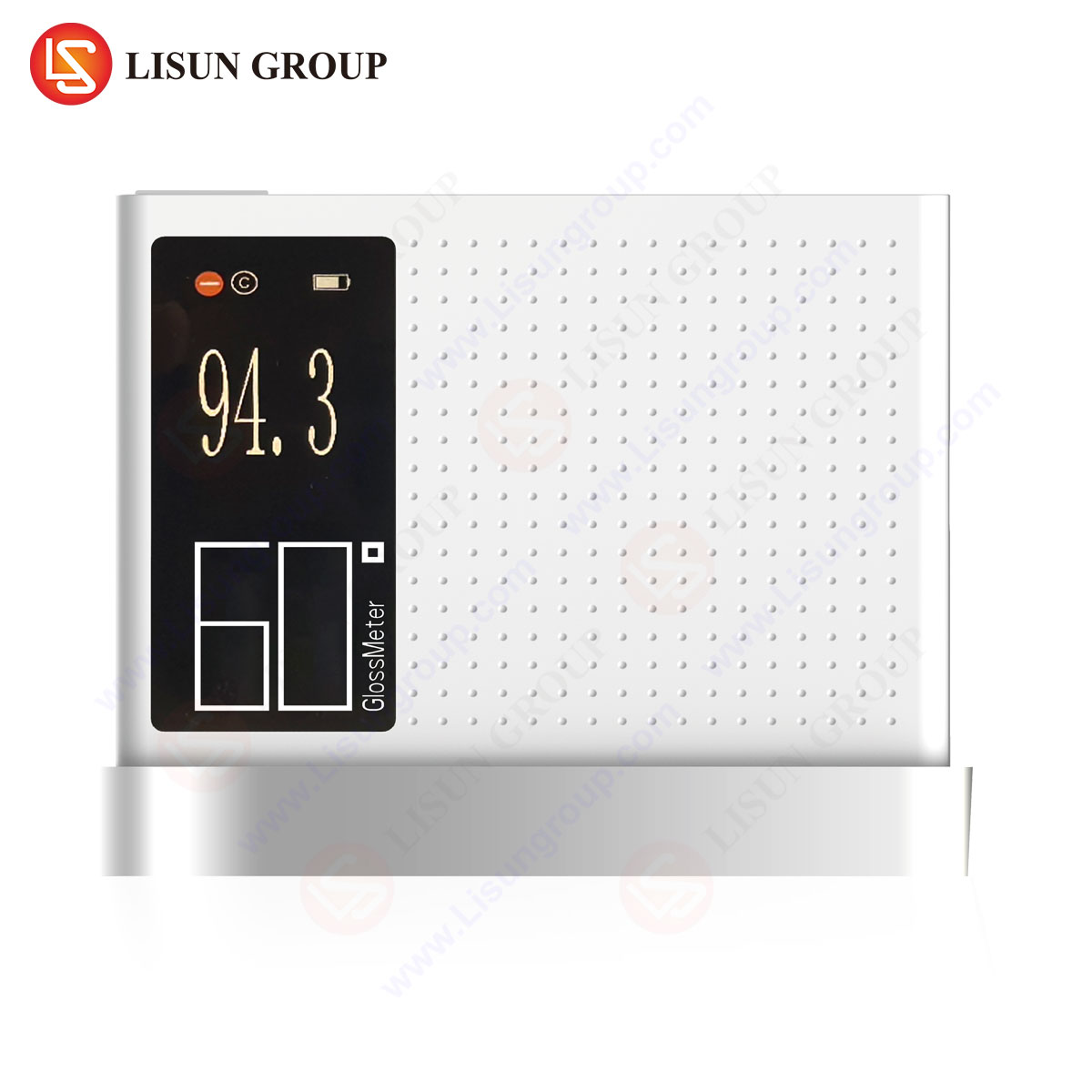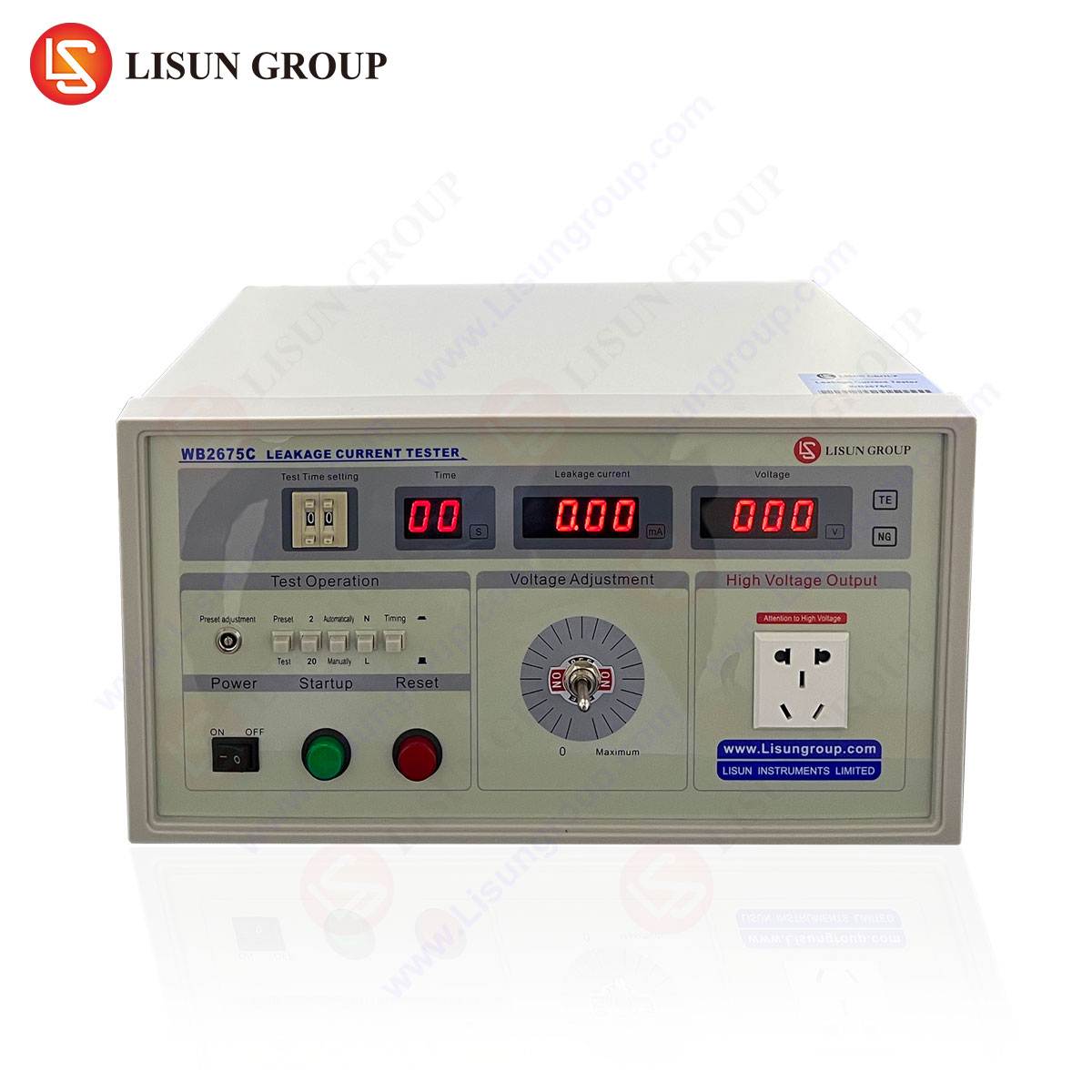Introduction to Xenon Arc Aging Test Chambers
Xenon arc aging test chambers simulate the effects of sunlight, temperature, and moisture on materials, enabling accelerated aging studies for product durability assessment. The LISÚN XD-150LS Cámara de prueba para lámpara de xenón employs a water-cooled xenon arc lamp system to replicate full-spectrum solar radiation, providing precise control over irradiance, humidity, and temperature. This chamber is widely utilized in industries requiring rigorous environmental resistance validation, including automotive electronics, aerospace components, and consumer electronics.
Core Design and Operational Principles of the XD-150LS
The XD-150LS integrates a high-intensity xenon arc lamp with a water-cooling mechanism to maintain stable irradiance levels while preventing overheating. The spectral output closely mimics natural sunlight, including ultraviolet (UV), visible, and infrared (IR) wavelengths. A closed-loop feedback system adjusts lamp intensity in real time, ensuring compliance with international standards such as ISO 4892-2, ASTM G155, and IEC 61215.
Key operational components include:
- Xenon Arc Lamp: Emits a continuous spectrum from 290 nm to 800 nm.
- Water-Cooling System: Reduces thermal stress on the lamp, extending operational lifespan.
- Irradiance Control: Calibrated to ±0.1 W/m²/nm at 340 nm or 420 nm.
- Humidity Regulation: Adjustable from 10% to 98% RH.
- Gama de temperaturas: -10°C to +100°C (adjustable in 0.1°C increments).
Precision Irradiance Calibration and Spectral Fidelity
Accurate spectral distribution is critical for replicating real-world degradation effects. The XD-150LS utilizes a calibrated spectroradiometer to ensure wavelength-specific irradiance consistency. Unlike air-cooled systems, water-cooling minimizes spectral drift, maintaining stability over prolonged testing cycles.
For example, in electrónica del automóvil, prolonged UV exposure can degrade polymer housings and wire insulation. The XD-150LS replicates years of solar exposure in weeks, allowing manufacturers to assess material longevity before market deployment.
Advanced Humidity and Temperature Modulation
Many material failures result from combined solar radiation and moisture exposure. The XD-150LS integrates condensation and spray functions, enabling cyclic humidity testing per SAE J2527 (automotive weathering) and IEC 60068-2-5 (electronic component testing).
In equipos de telecomunicaciones, fiber-optic cables and connectors undergo accelerated hygrothermal aging to verify resistance to high-humidity environments. The chamber’s programmable cycles simulate diurnal temperature fluctuations, exposing latent material weaknesses.
Industry-Specific Applications and Compliance Testing
Material eléctrico y electrónico
- Printed Circuit Boards (PCBs): Evaluates solder joint integrity under thermal cycling.
- Insulation Materials: Validates resistance to UV-induced brittleness per UL 746C.
Electrónica del automóvil
- Dashboard Displays: Tests anti-glare coatings under simulated sunlight.
- Wiring Harnesses: Assesses polymer degradation in high-temperature, high-humidity conditions.
Productos sanitarios
- Polymer Seals: Verifies long-term stability against UV and sterilization processes.
- Implantable Device Housings: Ensures biocompatible materials withstand environmental stressors.
Componentes aeroespaciales y de aviación
- Composite Materials: Accelerates UV and thermal aging to meet MIL-STD-810G.
- Cockpit Displays: Confirms readability under extreme solar exposure.
Comparative Advantages Over Conventional Test Chambers
The XD-150LS outperforms traditional fluorescent UV and carbon arc chambers in spectral accuracy and test reproducibility. Key differentiators include:
| Característica | XD-150LS (Water-Cooled) | Conventional Air-Cooled Xenon Chambers |
|---|---|---|
| Lamp Stability | ±1% irradiance drift over 1,000 hours | ±5% drift due to air-cooling inefficiencies |
| Thermal Management | Water-cooling prevents overheating | Risk of thermal runaway at high irradiance |
| Humidity Control | Precision ±2% RH deviation | ±5% RH due to inconsistent airflow |
| Eficiencia energética | 30% lower power consumption | Higher energy demand for active cooling |
Integration with Automated Testing Systems
The XD-150LS supports Ethernet and RS-485 communication protocols, enabling seamless integration with laboratory information management systems (LIMS). Automated test sequences reduce operator intervention, improving repeatability in batch testing of LED lighting fixtures o industrial control enclosures.
Sección FAQ
Q1: How does the XD-150LS simulate real-world aging in a controlled environment?
The chamber replicates solar radiation, humidity, and temperature cycles, accelerating material degradation while maintaining spectral accuracy per ISO 4892-2.
Q2: What industries benefit most from xenon arc testing?
Automotive, aerospace, medical devices, and consumer electronics rely on xenon testing to validate product durability against environmental stressors.
Q3: Why is water-cooling preferable to air-cooling in xenon test chambers?
Water-cooling ensures stable irradiance, reduces thermal drift, and extends lamp lifespan compared to air-cooled systems.
Q4: Can the XD-150LS test materials for cold-weather applications?
Yes, the chamber supports sub-zero testing (-10°C), making it suitable for aerospace and automotive components exposed to extreme climates.
Q5: What standards does the XD-150LS comply with?
It adheres to ISO 4892-2, ASTM G155, IEC 61215, and SAE J2527, among others.






